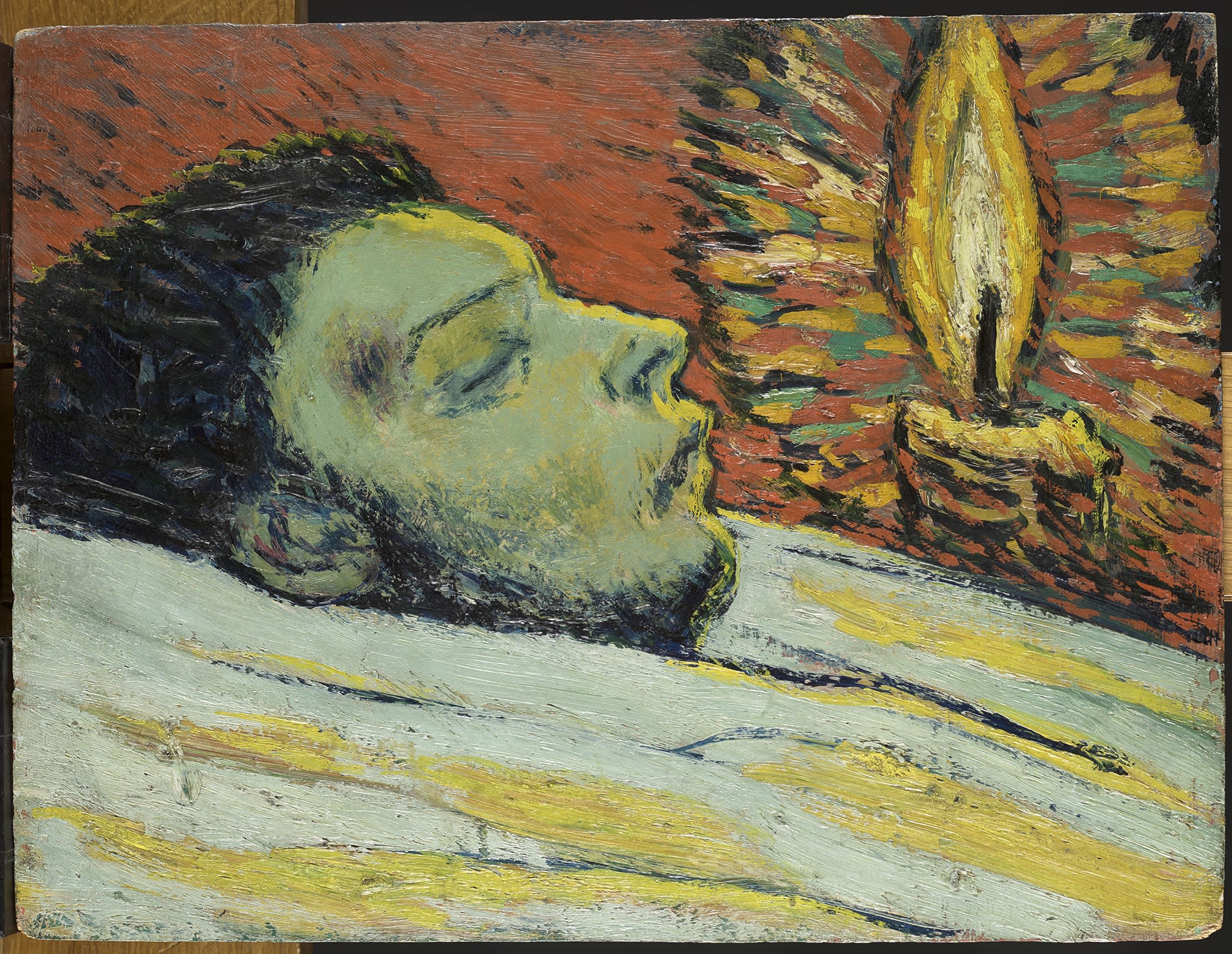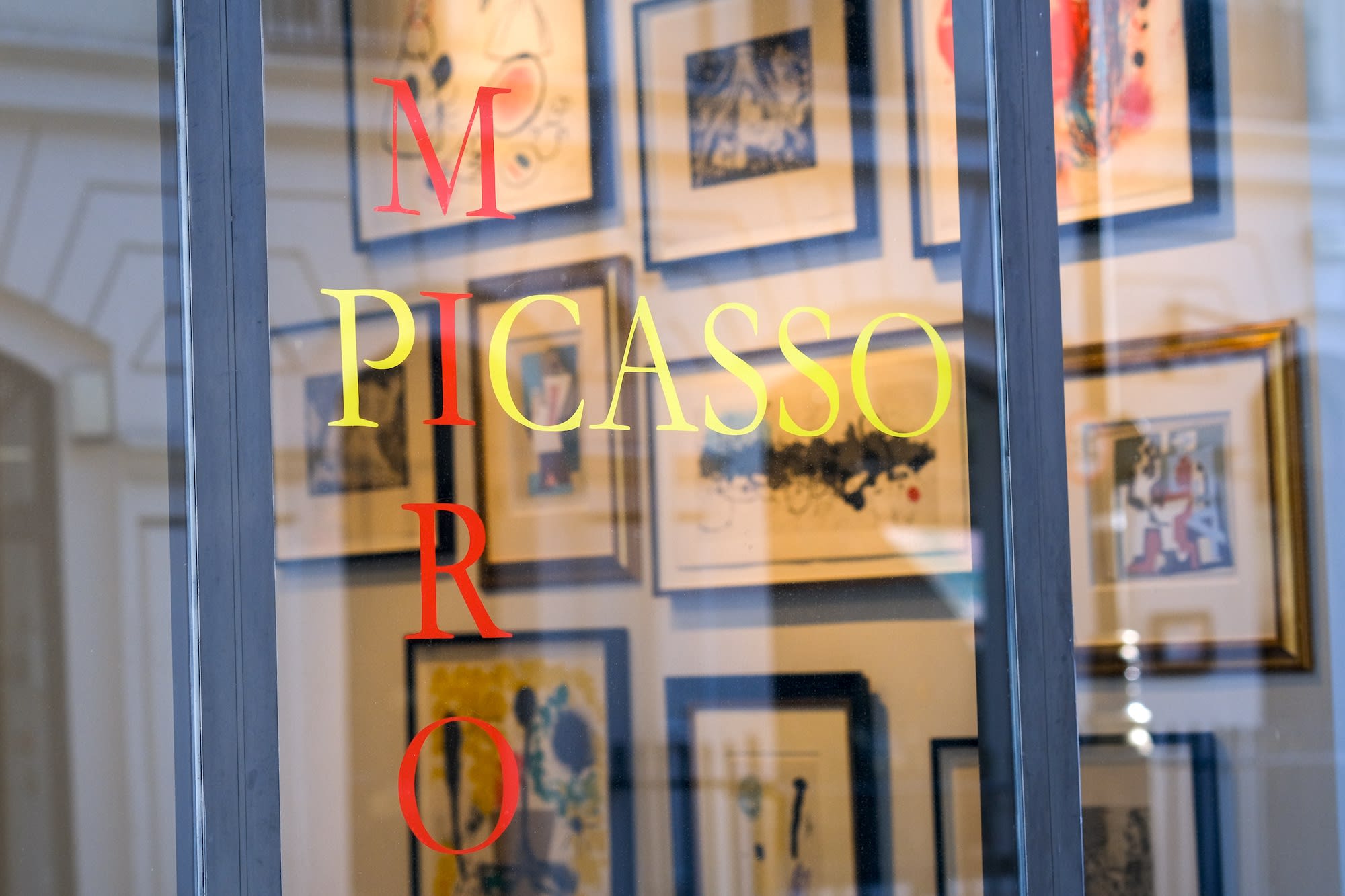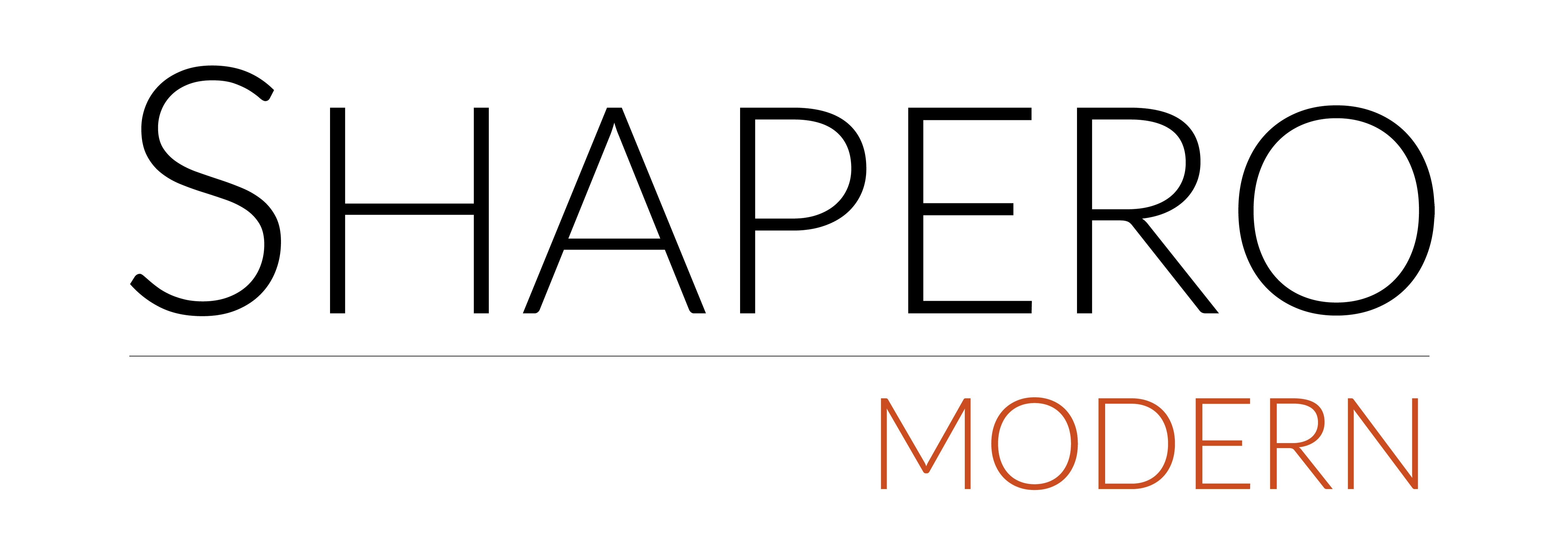Picasso’s first visit to Paris in 1900 had a major impact on the artist’s life, helping him to discover his own artistic style and inspiring him to be more productive than he ever had been before. He fell in love with the city instantly upon arrival and found success almost immediately thanks to his friend and art dealer Ambroise Vollard, who aided him with his first solo exhibition in 1901.
Although Picasso revelled in his newfound success in Paris, his emotional state and, consequently, his artistic style were deeply affected by the suicide of his close friend, Carles Casagemas, following the end of a tumultuous love affair. After this tragedy, Picasso drifted towards a new palette of sombre blues and greys and he began to depict the down and outs of Paris, including prostitutes and the homeless. This became known as ‘The Blue Period’ (1901-1904), and included works such as: ‘La Mort de Casagemas’ (1901) and ‘Casagemas in his Coffin’ (1901).

Having been based between Paris and Barcelona since 1900, Picasso permanently moved to France’s capital city in the Spring of 1904 and fell in love with his first muse, Fernande Olivier. The move and the love affair reinvigorated his style, which took on a more expressive, vibrant pink and orange palette, with gestural brushstrokes and light-hearted subject matter: his ‘Rose Period’. The most famous work from this period, ‘Les Demoiselles d’Avignon’ (1907) is the epitome of Picasso’s new style with its numerous pink hues and depictions of the female form.

Pablo Picasso, Les Demoiselles d'Avignon, 1907, Oil on canvas. MOMA, New York.
It was also during his early years in Paris that Picasso established a strong appetite for printmaking, once again, an endeavour encouraged by his friend and dealer, Ambroise Vollard. As Picasso’s style developed according to where he lived so too did his interest in different printing techniques. He would often focus on one technique and look to revise and push its limits before moving onto the next.

Pablo Picasso, Modèle Nu et Sculptures, from La Suite Vollard, 1933, Etching. On view now at Shapero Modern.
After 1945, despite being based in post-War Paris, Picasso continued to gain popularity, receiving numerous visitors who looked to invest in his work. The artist disliked his new fame and shied away from visitors by moving into the studio of the lithographer, Fernand Mourlot, near the Gare de l’Est. Here, Picasso started to experiment with his next printmaking technique: lithography.

Pablo Picasso, ‘11th State from Le Taureau’, 1946, lithograph. MOMA, New York.
‘Le Taureau’, a set of 11 lithographs created from December 1945 – January 1946, were some of Picasso’s most remarkable prints from this period. Like evolution in reverse, Picasso deconstructs the form of a bull, taking it from complex detail to simple singular lines. Other notable lithographs created in this period were those which focused on his new love and fellow artist, Françoise Gilot, who became Picasso’s new muse in the years that followed.

CURRENT EXHIBITION
Our new exhibition explores the lifelong friendship between Pablo Picasso and Joan Miró, ‘Modern Masters: Picasso & Miró’. These two Catalan artists, although very different in their approach to printmaking, both revolutionised the medium, expanding its possibilities and breaking its constraints.
Shapero Modern specialises in Modern & Contemporary prints, multiples and works on paper, with a particular focus on American 20th-century art all of which are available to buy from our website as well as our gallery on Maddox Street in Mayfair.
The gallery runs a programme of selling exhibitions from both primary and secondary market artists, with six exhibitions per year, including collaborations with contemporary living artists as well as masters of 20th-century post-war editions including Frank Stella, Andy Warhol, Roy Lichtenstein, David Hockney, Claes Oldenburg, Alex Katz, Pablo Picasso and Joan Miró.
Shapero Modern exhibits at major international Art Fairs worldwide, including TEFAF Maastricht, Frieze Masters, Masterpiece London, Art Miami, the IFPDA Fine Art Print Fair and the London Original Print Fair at Somerset House. Meantime, Tabitha and her team are on hand at Shapero Modern’s Mayfair gallery in the heart of London to advise on all aspects of the art market and collecting.

